I Don't Know What to Do: Front Yard Color
rdowens
12 years ago
Related Stories

FUN HOUZZEverything I Need to Know About Decorating I Learned from Downton Abbey
Mind your manors with these 10 decorating tips from the PBS series, returning on January 5
Full Story
GARDENING FOR BIRDSWhat to Know About Birds Nesting in Your Yard
Learn how to observe, record data and help ornithologists with NestWatch’s citizen science project understand bird trends
Full Story
FARM YOUR YARD6 Things to Know Before You Start Growing Your Own Food
It takes time and practice, but growing edibles in the suburbs or city is possible with smart prep and patience
Full Story
GARDENING GUIDES13 North American Backyard Birds to Know
Find out about these enchanting native species and learn how to attract them to your yard
Full Story
LIGHTINGWhat to Know About Switching to LED Lightbulbs
If you’ve been thinking about changing over to LEDs but aren't sure how to do it and which to buy, this story is for you
Full Story
LIFEYou Said It: ‘Just Because I’m Tiny Doesn’t Mean I Don’t Go Big’
Changing things up with space, color and paint dominated the design conversations this week
Full Story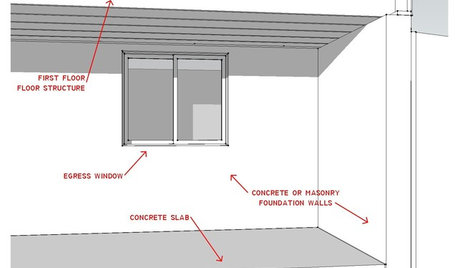
REMODELING GUIDESKnow Your House: The Steps in Finishing a Basement
Learn what it takes to finish a basement before you consider converting it into a playroom, office, guest room or gym
Full Story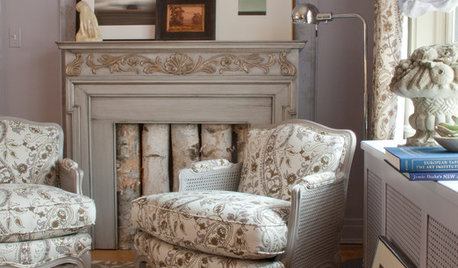
FURNITUREMust-Know Furniture: Bergères and Fauteuils
These two classic French chairs are frequently misidentified. Big on comfort and easy on the eye, they are worth learning about
Full Story
HEALTHY HOMEWhat You Need to Know About Dust and How to Fight It
Breathe easier with these 10 tips for busting mites, dander and other microscopic undesirables
Full Story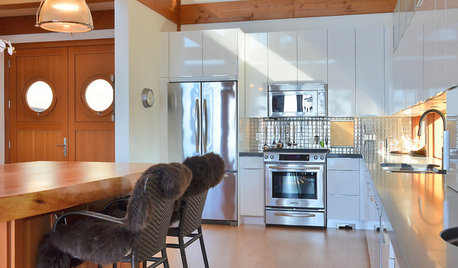
REMODELING GUIDES6 Must-Know Lessons From a Serial Renovator
Get your remodel right the first time, with this insight from an architect who's been there too many times to count
Full StoryMore Discussions






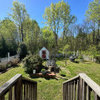
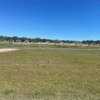


Brad Edwards
duluthinbloomz4
Related Professionals
Camas Landscape Architects & Landscape Designers · Graham Landscape Architects & Landscape Designers · Wixom Landscape Architects & Landscape Designers · Manchester Landscape Contractors · Fort Mill Landscape Contractors · New Baltimore Landscape Contractors · Porterville Landscape Contractors · Red Oak Landscape Contractors · Seminole Landscape Contractors · Hueytown Landscape Contractors · Grain Valley Decks, Patios & Outdoor Enclosures · Lakewood Decks, Patios & Outdoor Enclosures · South Lyon Decks, Patios & Outdoor Enclosures · Spanaway Decks, Patios & Outdoor Enclosures · Towson Decks, Patios & Outdoor Enclosuresdesignoline6
designoline6
Yardvaark
timbu
rdowensOriginal Author
bahia
Yardvaark
whitecap2
deviant-deziner
catkim
bahia